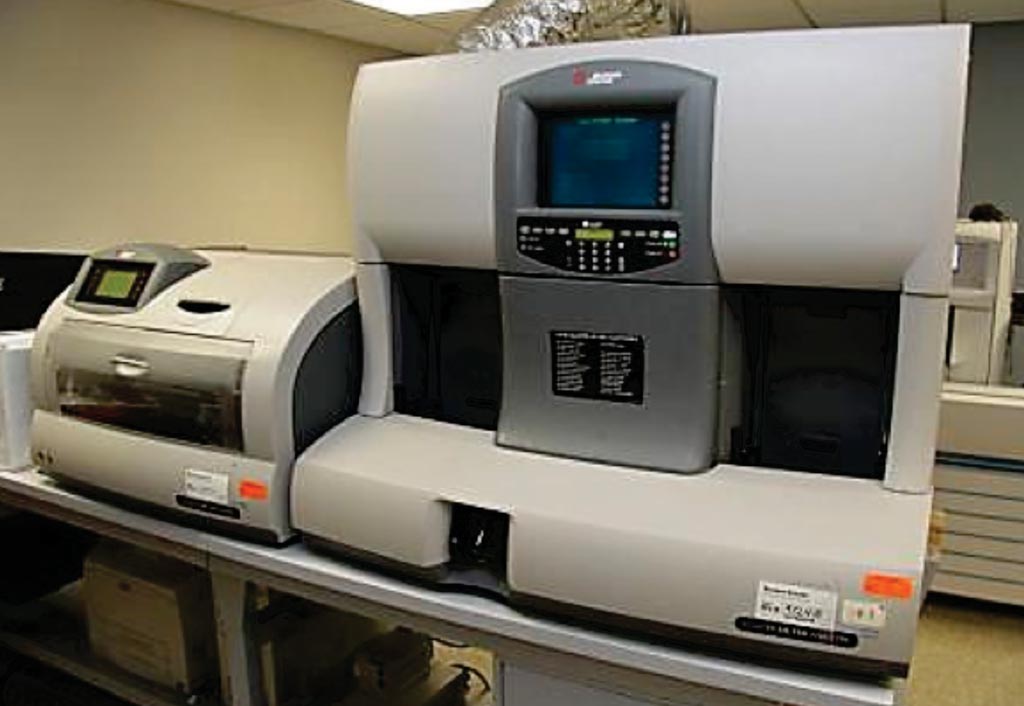Antimicrobial Therapy Biomarker Enumerates Eosinophil Count Changes
By LabMedica International staff writers
Posted on 01 Aug 2017
Eosinopenia as a criterion of sepsis has been the subject of debate for decades and the pathophysiology of eosinopenia is related to the migration of eosinophils to the inflammatory site, presumably as a result of chemotactic substances secreted during the acute phase of inflammation.Posted on 01 Aug 2017
As a biomarker, eosinopenia has the advantage of not requiring further investigations, because it can be obtained easily from a simple complete blood count (CBC). It has been hypothesized that recovery from eosinopenia during the treatment of bacterial infection may be a marker to evaluate whether a patient is receiving the appropriate antibiotic regimen.

Image: The Coulter LH 780 hematology analyzer (Photo courtesy of Beckman Coulter).
Infectious disease specialists at the Raymond Poincaré Teaching Hospital (Garches, France) conducted a prospective study from February to August 2016. Hospitalized adults suffering from a bacterial infection with eosinopenia, defined as an eosinophil count less than 100/mm3, were included. Patients were divided into two groups according to the first day of effective antimicrobial therapy. They were observed for five days in order to evaluate whether recovery from eosinopenia was predictive of an appropriate antibiotic regimen. The eosinophil count was obtained from the CBC, acquired using a Coulter LH780 hematology analyzer.
The team screened 122 patients and 96 were included. In Group 1, 70 patients received effective antimicrobial therapy from day 0. Their eosinophil count increased significantly between day 0 and day 1. In the second group, 26 patients received delayed effective antimicrobial therapy, and there was no significant difference in eosinophil count between day 0 and day 1. Moreover, eosinophil counts normalized on day five in both groups. The mean duration of antimicrobial therapy was comparable in the two groups (7.7 ± 1.16 days). The antibiotics most often prescribed in both groups were intravenous cephalosporins. During follow-up, all patients were considered cured after day 30.
The authors concluded that the eosinophil count appears to normalize faster than C-reactive protein (CRP) and polymorphonuclear neutrophils in eosinopenic patients on appropriate antimicrobial therapy. This simple test is easy to perform as part of a regular complete blood count, with no additional costs as required for CRP or procalcitonin. The study was published in the August 2017 issue of the International Journal of Infectious Diseases.









 Analyzer.jpg)



